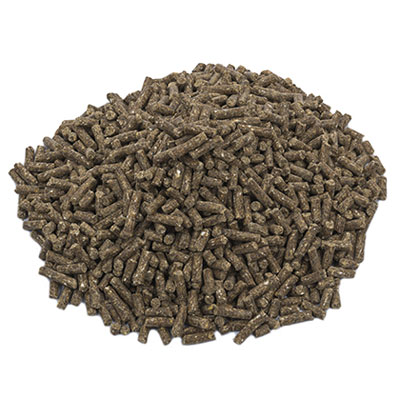Dairy Advice - Spring
Maintaining Peak Milk
One of the key factors driving a decline in production is the change in pasture quality that occurs as spring turns into summer. In early spring, grass grows prolifically and that growth is all vegetative – in other words, it’s all nice, soft, easily digestible leafy material.
As summer arrives, grasses move into a reproductive phase of growth – they start to produce seed. Seed needs to be up high in order to disperse well, so the plant starts making more fibrous stems. Fibre is strong and gives the plant the structure needed to grow tall and support the developing seed head. At the same time, leafy parts of the plant also become more fibrous, because they need to grow taller if they are to compete with the surrounding plants.
The fibre in grass plants comprises lignin, cellulose and hemicellulose. Lignin and cellulose are the two fractions of fibre that are most difficult to digest. They are the compounds that are measured by the acid detergent fibre (ADF) test. Hemicellulose is more digestible, and is measured by the neutral detergent fibre (NDF) test (along with lignin and cellulose).
While the increase in fibre content is good for the plant, it’s not much good for the nutrition of dairy cows. There are two reasons for this. First, as the level of fibre in the plant increases, the level of protein decreases, so the feed quality declines. Second, it alters the animal’s grazing habits, because they simply can’t eat the same volume of feed when it has more fibre in it.
Pasture with a high fibre content is less digestible, so each kilo of dry matter (DM) contains less metabolisable energy (ME) than would be found in leafy, less-fibrous grass. As it is less digestible, it spends longer in the rumen than less fibrous feeds do, which means that cows feel full for longer, so they eat less pasture over the course of a day.
Lower feed intakes and lower feed quality combine to reduce the rate of liveweight gain and cause milk production to drop. That fall-off in production can be significant – in the order of a 9% decline in production each month. Some decline is inevitable: after cows attain peak lactation, they tend to show a 4-6% drop in milk production per month simply due to physiological changes in the animal itself. However, the average milk production decline in New Zealand herds through summer is nearer 15% per month. The difference between the innate, biological decline (4-5%) and the actual decline experienced is virtually all due to feed quality and quantity.
Fortunately, there are some techniques that can be used to overcome this situation. They include:
- Using faster rotational grazing speeds. This means the pasture is younger when it’s grazed, so less likely to be setting seed
- Making regular applications of nitrogen fertiliser to the pasture. This promotes leaf growth, provided that the growing conditions are suitable, e.g. as long as there is sufficient soil moisture to support vegetative growth
- Harvesting long pasture for silage. This removes the fibrous material from the cows’ diet
- Using high-energy supplements. This helps to maintain both the energy and nutrient intakes of stock
- Using protein-rich supplements. This helps to counter the lower protein levels found in fibrous pasture.

Maxi Pro
Balances the diet as pasture changes occur to help maintain post peak milk production, so income can be maximised.

